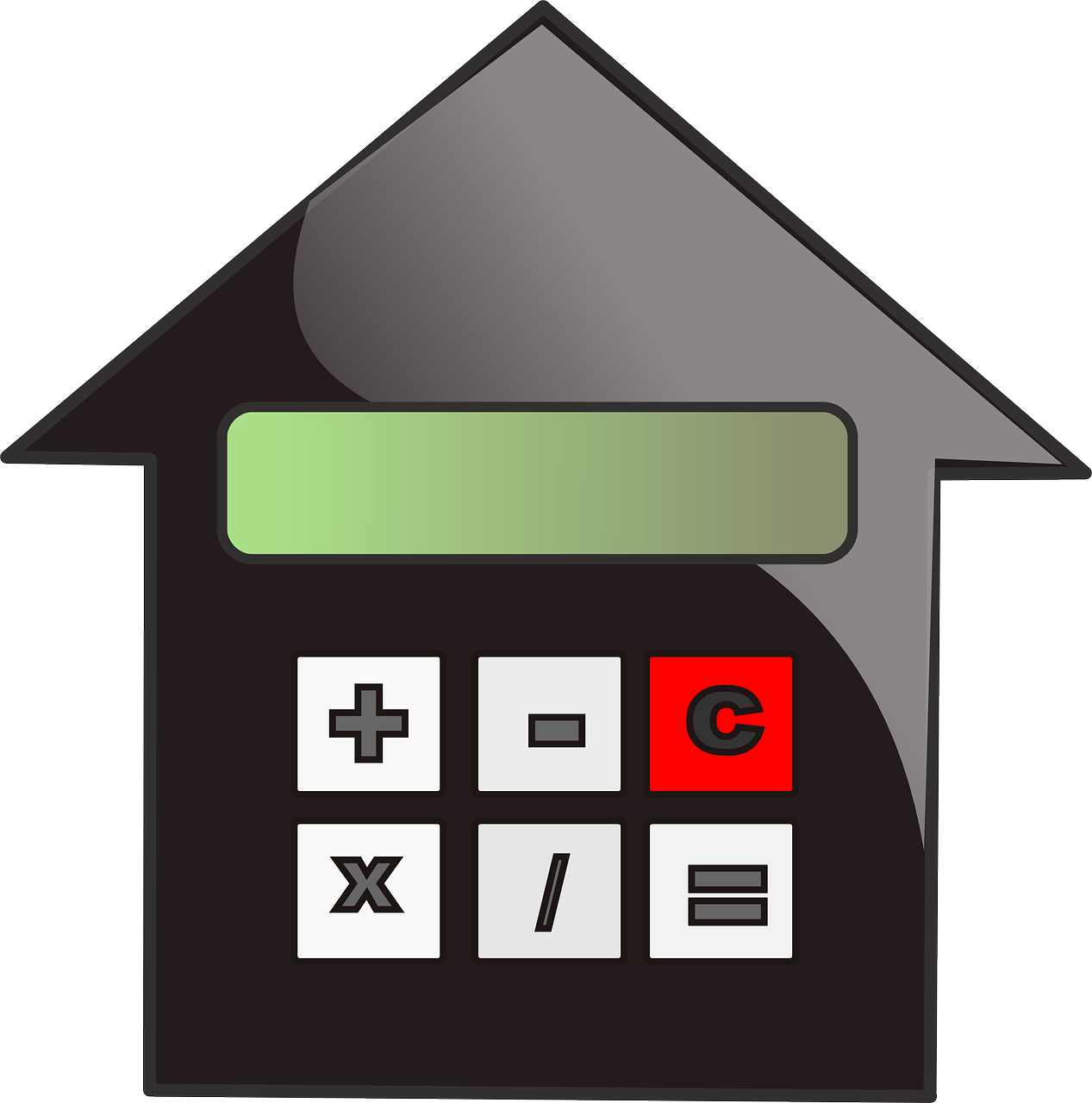What does last week’s interest rate rise mean for house buyers?

The decision by the Bank of England to raise interest rates last week was widely anticipated, and also hugely significant.
Since the summer of 2007, interest rates have gradually fallen from 5.75% to just 0.25%, as the Bank’s Monetary Policy Committee attempted to boost the UK’s sluggish economy by encouraging spending.
While low interest rates have been bad news for savers, the last decade has been a golden age for homebuyers. Mortgages have become increasingly affordable as lenders compete for business, offering fixed rate and tracker deals older generations could only have dreamed about. Indeed, almost two million mortgage holders have never experienced an interest rate rise. So does the Bank of England’s decision to increase rates from 0.25% to 0.5% mean the good times are over for the Scottish property market?
The simple answer is no. For many people, interest rates are most keenly felt through mortgage repayments, which remain at historic lows. For the 3.7 million UK mortgage holders on standard variable rates or tracker deals (which rise and fall in tandem with interest rates), a quarter-point rise will typically add just £13 a month onto repayments on a £100,000 mortgage.
Because last week’s interest rate rise had been expected for some time, 94% of recent mortgage loans have been fixed rate deals whose monthly costs won’t change. If you’re looking to purchase a new home in the near future, a fixed rate will guarantee monthly repayments for between two and five years, regardless of further rate rises. Even if you’d rather choose a tracker deal, Bank of England insiders suggest future increases are likely to be small and infrequent.
Historically, interest rates were raised to help cool an overheated housing market, but this certainly isn’t relevant at the moment. We’re in a seller’s market, with huge competition for resale properties. Estate agents across Scotland report new listings selling within days, so any second-hand property in decent condition should be snapped up quickly. That’s reassuring if you’re planning to sell your current property before buying a new home, particularly with average selling prices across Scotland now 3.9% higher than they were last autumn.
If you’re looking for more advice on the costs of moving, remember to use the affordability calculators on our development pages. You can also speak to us about the Help to Buy (Scotland) Affordable New Build Scheme, which enables people with a five per cent deposit to buy a new home with a maximum value of £200,000.
Text by Neil Cumins
Back to Latest Posts




